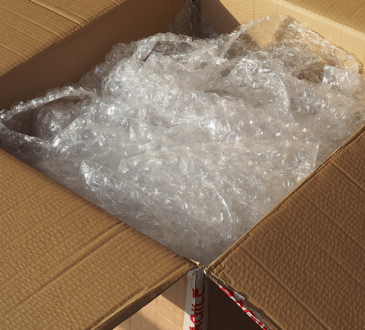Watercolor painting, renowned for its ethereal beauty and fluidity, can be an inviting medium for artists at any skill level. For beginners, the process of creating captivating watercolor art can seem daunting, but with a few simple techniques, watercoloring made easy is well within reach. This article explores accessible watercolor techniques that will help novices unlock their creative potential and enjoy the artistic process.
Understanding Watercolor Basics
Before diving into specific techniques, it is essential to understand the fundamental elements of watercolor painting. Watercolors are typically used with transparent pigments, which are applied to wet or dry paper. The transparency of the medium allows for layering and blending, creating a wide range of effects. Key materials include watercolor paints, brushes, paper, and water.
1. Mastering the Wash Technique
The wash technique is one of the most foundational methods in watercoloring made easy. It involves applying a diluted layer of paint to create a smooth, even base. There are two primary types of washes: flat washes and gradient washes.
- Flat Wash: For a flat wash, you’ll need to load your brush with a diluted paint mixture and apply it in even strokes across the paper. Ensure that the paint is applied uniformly to avoid streaks.
- Gradient Wash: To achieve a gradient wash, start with a concentrated color at one edge and gradually dilute it as you move across the paper. This technique creates a seamless transition from one color to another.
2. Exploring Wet-on-Wet Technique
The wet-on-wet technique involves applying watercolor paint onto wet paper, allowing the colors to blend and flow naturally. This method is excellent for creating soft edges and fluid effects.
- Application: Begin by wetting the paper with a clean brush or sponge. While the paper is still damp, apply watercolor paint. Observe how the pigments spread and mix, creating soft, diffuse edges.
- Effect: This technique is ideal for backgrounds, abstract art, and creating atmospheric effects. It offers a high degree of spontaneity and is perfect for beginners to experiment with color blending.
3. Embracing the Dry Brush Technique
The dry brush technique involves using a brush with minimal water to create texture and fine details. This method is useful for adding intricate elements and texture to your watercolor paintings.
- Application: Load a small amount of paint onto a relatively dry brush. Apply it with quick, controlled strokes to the paper. The result will be a textured effect with visible brushstrokes.
- Effect: The dry brush technique is effective for painting details such as tree bark, fur, or any texture that requires precision. It adds dimension and depth to your artwork.
4. Utilizing the Salt Technique
The salt technique is a fun and simple method to create interesting textures and patterns. It involves sprinkling salt onto wet watercolor paint, which absorbs the pigment and creates a unique effect.
- Application: While the paint is still wet, sprinkle coarse salt onto the surface. As the paint dries, the salt will absorb the moisture and pigment, leaving behind intriguing patterns.
- Effect: This technique is excellent for adding texture to backgrounds or creating a starry effect in night skies. It introduces an element of randomness and surprise, enhancing the creative process.
5. Experimenting with Masking Fluid
Masking fluid is a valuable tool for preserving areas of white paper while painting. It is used to block out specific areas to prevent paint from reaching them.
- Application: Apply masking fluid to areas you want to keep white or preserve specific details. Once it dries, you can paint over it with watercolors. After the painting is complete, gently remove the masking fluid to reveal the preserved areas.
- Effect: This technique is useful for creating fine lines, highlights, and detailed elements in your painting. It allows for precise control and enhances the overall composition.
6. Blending Colors with the Lift Technique
The lift technique involves removing paint from the paper to create highlights or correct mistakes. It is an essential method for adjusting and refining watercolor paintings.
- Application: Use a clean, damp brush or a paper towel to lift paint from the paper. Gently blot or scrub the area to remove excess pigment and achieve the desired effect.
- Effect: This technique is helpful for softening edges, creating highlights, or correcting over-painted areas. It provides flexibility and control over your artwork’s final appearance.
Conclusion
Watercoloring made easy is achievable through the mastery of fundamental techniques. By practicing washes, exploring wet-on-wet and dry brush methods, utilizing salt and masking fluid, and experimenting with the lift technique, beginners can unlock their creative potential and enjoy the process of watercolor painting. Each technique offers a unique way to express artistic vision and develop individual style. Embrace these techniques and let your creativity flow freely, transforming simple watercolor exercises into stunning works of art.



